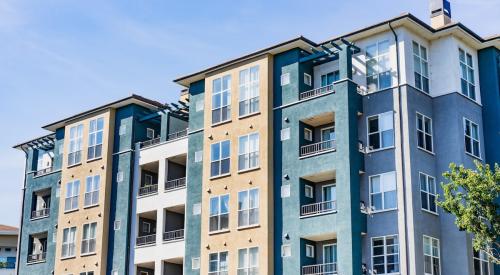From 2017 to 2021, over 19 million renter households in the U.S. spent more than 30% of their income on housing costs, a share considered “cost burdened” according to the Department of Housing and Urban Development’s definition of affordable housing, Forbes reports. As housing costs continue to outpace wage growth in an already inflated economy, a growing number of Americans are funneling more money into rents and monthly mortgage payments, but that trend isn’t sustainable for many.
Between 2012-2016 and 2017-2021, over half (1,699) of all U.S. counties did not see a statistically significant change in median household income, and most (74.1%) counties had a median household income lower than the national median.
“We’ve heard for a while now that incomes were not keeping up with the increased cost of housing,” said Molly Cromwell, a demographer in the Census Bureau’s Housing Statistics Branch. “With the most recent data, we can see just how many households were burdened by the cost of their housing.”













